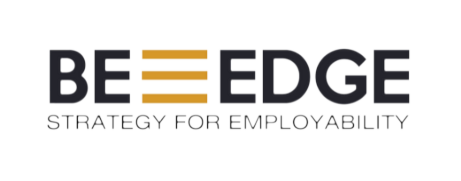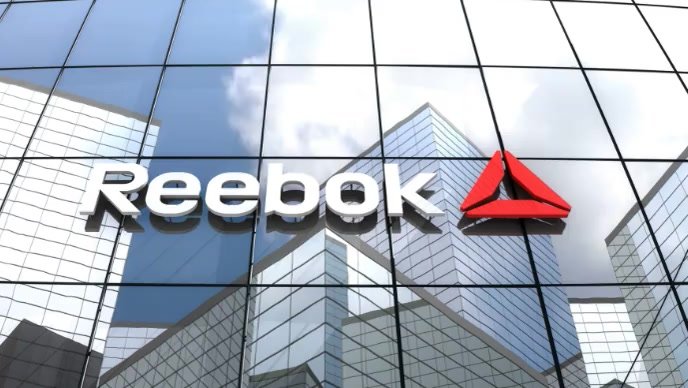 Subject area: Competitive Strategy, Corporate Level Strategy, International Business Strategy
Subject area: Competitive Strategy, Corporate Level Strategy, International Business Strategy
Region: United States
Industry: Shoes, Foot wear
Company: Reebok
Decision Maker: Erin Hendel, Apparel Training Product Manager
Dilemma: Erin Hendel, Apparel Training Product Manager at Reebok International, cannot make money in the United States of America. This defeated realization sinks in as Erin stares at her latest forecast report showing another consecutive quarter of down trending sales in America. As Erin frustratingly reads through the report she cannot help but wonder: How, in a US market that grew to over 65 billion dollars annually last year is her department continuing to lose money and market share? Erin is responsible for Reebok’s One Series collection that provides versatile, technologically engineered female workout apparel. As product manager, her role is to oversee the development of the collection making key decisions on what consumers want, when they want it, and how much they are willing to pay for it. Erin works at Reebok’s global headquarters located in Canton, Massachusetts, making it inconceivable how Reebok continuously fails to reach the consumers located in their own backyard. Historically, the One Series apparel collection has led Reebok’s Training Business Unit in performance, acting as the strategic model for the entire Training BU. When other product managers are making decisions, often their first question is, “What is One Series doing?” Therefore, many teams are now looking to Erin’s collection for a sense of direction on how to “win” in the US market. With this added pressure, as Erin begins working on the Fall/Winter 2018 collection, she does so knowing that if this season fails to increase sales in North America, Reebok will pull her resources dedicated to serving this market and the entire training business unit will suffer.
Key Competitors in the Global Sporting Goods Industry
Globally, the sporting goods industry has grown 42% over the past decade surpassing 285 billion dollars annually in 2015 (Morgan Stanley, 2015). Even more important, prospects for growth are getting stronger not weaker, as health and fitness trends for adults, and sports participation amongst youths continues to increase, leading Morgan Stanley (2015) to estimate that the industry has the potential to grow by more than 30% 216or $83 billion dollars by 2020. The global athletic industry is dominated by two key players: Nike and Adidas. In 2015, Nike’s global revenue reached 30.6 billion dollars. Adidas finished notably behind Nike at 18.48 billion dollars (Statista, 2015). Analysts argue that the global presence, scope, and reach of Nike and Adidas, create high barriers to entry leading to the overall consolidation of the global sporting goods industry (Fortune, 2016). Despite their clear dominance neither brand is demonstrating complacency; both Nike and Adidas have aggressive future earning goals. Nike is determined to grow annual revenues 50 billion dollars by 2020, meaning the industry giant is vying to increase profits by over 20% on an annual basis (Kell, 2015). Adidas has set a more realistic goal of achieving a 15% total increase in revenue by 2020 (Fortune, 2015). The bottom-line: neither of these industry leaders are satisfied with their current market share meaning competition is only going to escalate between the two companies for years to come.

Category: Competitive Strategy, Corporate Level Strategy, International Business Strategy





